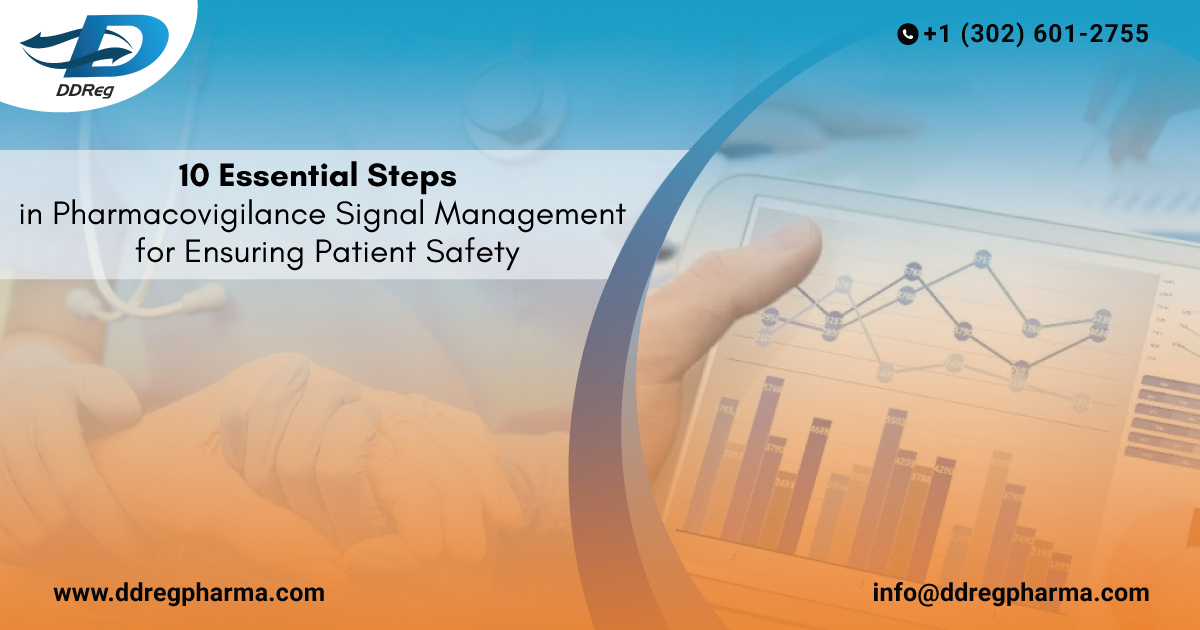
What Are PV Signal Management Services?
Pharmacovigilance (PV) signal management refers to the systematic process of detecting, assessing, and responding to potential safety concerns associated with pharmaceutical products. These “signals” are patterns or trends in adverse event (AE) data that suggest a new risk or a change in the known risk profile of a drug.
PV Signal Management Services encompass the tools, technologies, and expertise used to:
-
Detect emerging safety signals from diverse data sources.
-
Validate and prioritize risks based on clinical relevance.
-
Assess causality and impact on patient populations.
-
Communicate findings to regulators, healthcare providers, and patients.
-
Document decisions to ensure audit readiness.
Why PV Signal Management Matters in 2024 and Beyond
As drug development accelerates and real-world evidence (RWE) gains prominence, effective signal management is pivotal to:
-
Protect Patient Safety
Early detection of adverse drug reactions (ADRs) prevents harm. For example, the rapid identification of myocarditis risks linked to certain COVID-19 vaccines underscored the lifesaving potential of robust signal management. -
Meet Regulatory Expectations
Agencies like the FDA, EMA, and WHO mandate stringent signal monitoring. Non-compliance can lead to costly recalls, legal penalties, or revoked approvals. -
Mitigate Reputational and Financial Risks
A single undetected safety issue can erode public trust and result in billions in losses. Proactive signal management helps avoid crises like the Vioxx withdrawal ($7 billion settlement). -
Leverage Data-Driven Insights
With 70% of pharma companies now integrating AI into PV, advanced analytics turn raw data into actionable insights for smarter decision-making.
Key Components of Modern PV Signal Management
1. Signal Detection
-
Data Sources: Electronic health records (EHRs), social media, clinical trials, literature, and spontaneous AE reports.
-
Tools: AI-powered algorithms scan millions of data points to flag anomalies (e.g., disproportionality analysis using WHO’s Vigibase).
2. Signal Validation & Prioritization
-
Experts validate signals by assessing clinical relevance, causality (Bradford Hill criteria), and patient impact.
-
High-priority signals (e.g., life-threatening ADRs) are escalated for urgent review.
3. Risk Assessment & Communication
-
Benefit-risk analyses weigh therapeutic value against identified risks.
-
Regulatory submissions (e.g., Periodic Safety Update Reports) and direct-to-patient alerts ensure transparency.
4. Continuous Monitoring
-
Ongoing surveillance tracks signals post-assessment to detect evolving risks.
Challenges in PV Signal Management
Despite technological advances, organizations face hurdles such as:
-
Data Overload: Managing 4+ million annual AE reports (FDA data).
-
Regulatory Complexity: Navigating differing requirements across 200+ global markets.
-
Resource Constraints: Balancing speed, accuracy, and cost.
The Future of PV Signal Management: Trends to Watch
-
AI and Machine Learning
Predictive analytics and natural language processing (NLP) automate signal detection from unstructured data (e.g., physician notes, social media). -
Real-World Evidence (RWE)
Wearables, genomics, and patient-generated data enrich traditional AE reporting. -
Blockchain for Data Integrity
Immutable audit trails enhance transparency in signal decision-making. -
Patient-Centric PV
Mobile apps and patient portals empower individuals to report ADRs directly. -
Global Harmonization
Initiatives like ICH E2B(R3) standardize data formats for cross-border compliance.
How to Choose a PV Signal Management Partner
When selecting a service provider, prioritize:
-
Regulatory Expertise: Familiarity with FDA, EMA, and emerging markets.
-
Technology Stack: Cloud-based platforms with AI/ML capabilities.
-
Scalability: Solutions tailored to small biotechs or large enterprises.
-
Proven Track Record: Case studies demonstrating crisis prevention and compliance.
Conclusion: Elevate Drug Safety with Proactive PV Signal Management
In an era where 35% of drug recalls stem from safety issues, PV signal management is no longer optional—it’s the backbone of sustainable healthcare innovation. By partnering with experts who combine cutting-edge technology with regulatory savvy, pharmaceutical companies can turn safety data into a strategic asset, protecting patients and preserving trust.





Leave a Reply